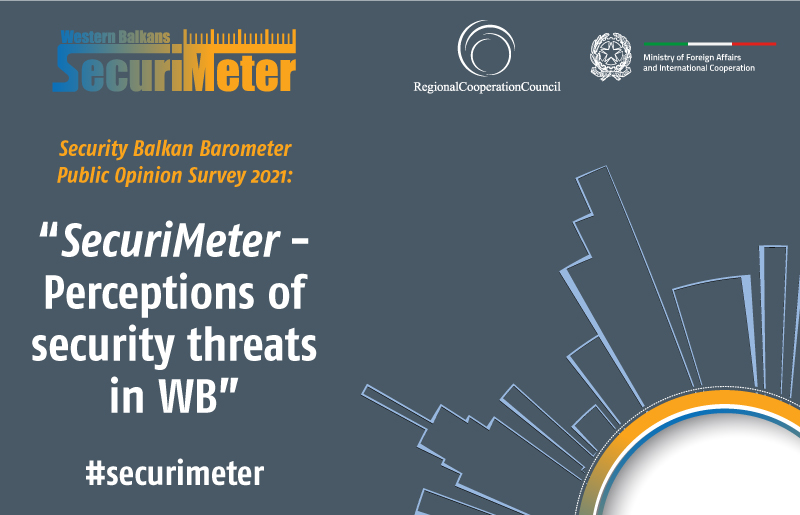- Home/
- News
Online-inspired extremists are ‘the greatest terrorist threat,’ declassified CSIS document says
03.09.2018
Two persons were killed and one seriously wounded in a knife attack in the Paris suburb of Trappes on August 23, police said. The knife attacker was then shot by police, a source said.
Attacks by extremists inspired over the internet have become the country’s top terrorist threat, according to a declassified Canadian intelligence document obtained by Global News.
“The greatest terrorist threat is from extremists who are inspired, enabled or directed by others online,” said the Canadian Security Intelligence Service document released under the Access to Information Act.
Titled Terrorism in the Digital Age, the CSIS document named al-Qaida and mentioned the transition from “the physical Caliphate to a virtual one,” an apparent reference to the so-called Islamic State.
On Wednesday, ISIS released an audio address by its leader on social media that urged followers to carry out terrorist attacks in Western countries.
In the 55-minute speech, the reclusive Abu Bakr Al-Baghdadi praised attackers in Canada, Europe and elsewhere and called on supporters to “follow in their footsteps.”
“Use what you have available to prepare and rely on the Almighty, the most high, and carry out the kind of strikes that terrorize the hearts and send the brains flying,” according to a translation by the Middle East Media Research Institute.
A man on a terrorism watch list killed his mother and sister with a knife in a Paris suburb Thursday. He was then shot dead by police. ISIS claimed he was inspired by the terror group. A French official said he suffered from mental illness.
Public Safety Minister Ralph Goodale’s office would not comment but said Canada’s terrorism threat level remained at medium. Spokesman Scott Bardsley said the government “monitors all potential threats and has robust measures in place to address them.”
The term “inspired” generally refers to extremists who are not members of a terrorist group but take action based on its online cues. “Enabled” and “directed” implies a more direct involvement of terror groups.
Over the past four years, extremists inspired by ISIS have attempted attacks in Canada but the terror group has also directed Canadians over various internet platforms.
Suspected ISIS supporters have carried out attacks in Ontario, Quebec and Alberta, and a Toronto-area man recruited online, Abdulrahman El Bahnasawy, was caught preparing attacks in New York City. His family insists he is mentally ill.
“Just as the digital age has transformed commerce, entertainment and personal communications, it has transformed terrorism,” read the CSIS document.
The document, a Dec. 8, 2017, slide presentation prepared for the CSIS acting assistant director of operations, called the late al-Qaida ideologue Anwar Al-Awlaki a “pioneer in the terrorist use of digital media” and identified anonymity and encryption as “challenges.”
“Extremists now constitute virtual communities as well as physical ones – and terrorist groups are thereby empowered,” it said. “The internet and social media allow anyone to participate in extremist activities from anywhere in the world.”
“Supporting a terrorist attack has never been easier.”
In coordinated raids in April, police in Canada, the European Union and the United States seized internet servers linked to ISIS propaganda outlets, but they quickly reappeared.
Extremists are “increasingly tech-savvy and sophisticated, capable of building their own innovative secure solutions,” the CSIS document said. “As extremists become more skilled as online operators, the national security threat increases proportionately.”
Source: Link

About IISG
Welcome to Integrative Security Governance in Western Balkans (IISG)
Upcoming events
Directory
List of relevant institutions and organizations
Inquiry
Online form for obtaining information about experts Development of specialized PCVE web site is funded by EU FUNDS CN 2017-386/831 - "IPA II 2016 Regional Action on P/CVE in the Western Balkans"
Development of specialized PCVE web site is funded by EU FUNDS CN 2017-386/831 - "IPA II 2016 Regional Action on P/CVE in the Western Balkans"

